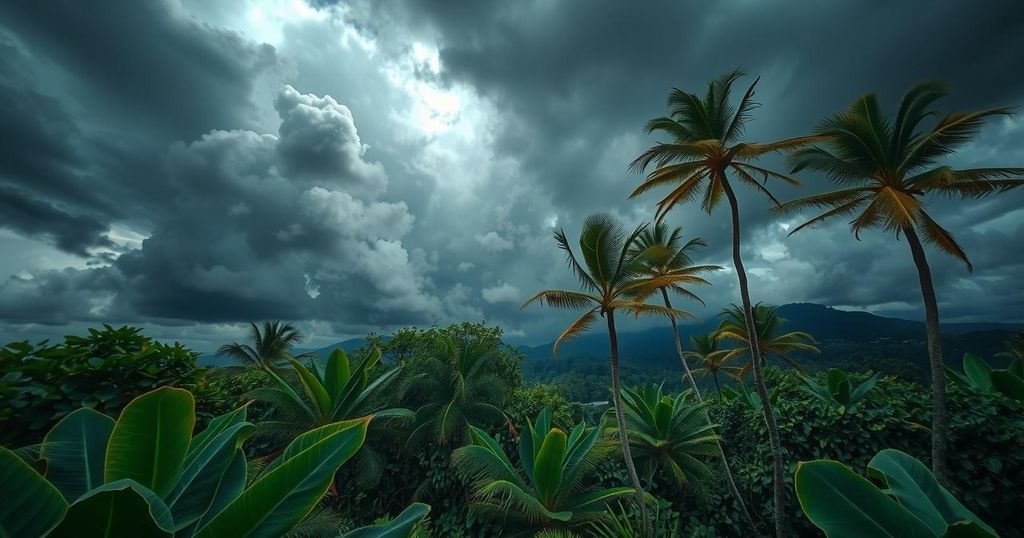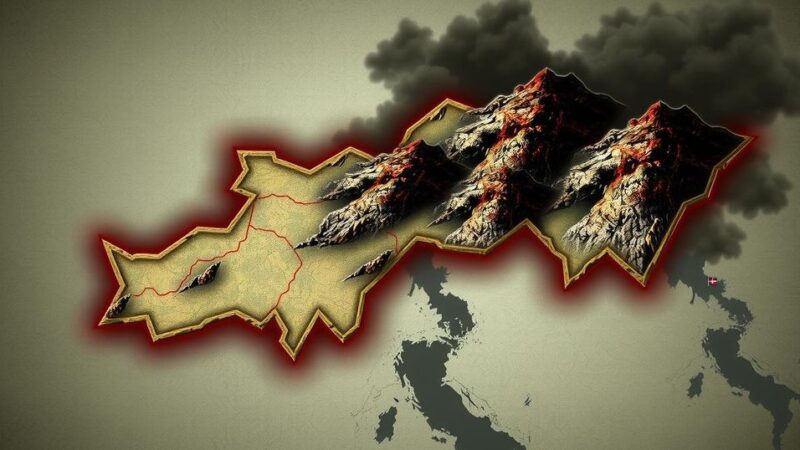Floridians can embrace Halloween festivities without immediate hurricane concerns as meteorological forecasts show a clear trend. Current tropical systems pose no threat, and historical patterns indicate a reduced likelihood of storms impacting the U.S. late in the season, although monitoring will continue through November.
With the peak of hurricane season passing, Floridians can now prepare for Halloween without the ongoing worry of tropical storms threatening their festivities. On September 29, residents were cautioned to delay their Halloween preparations due to an upcoming storm named Milton, which has since caused concern. However, recent weather forecasts suggest a clearer picture, allowing residents to enjoy decorating with their animatronic ghouls and lawn decorations. Currently, there are two tropical systems observed in the Caribbean, yet they pose little risk. The first system is a tropical wave predicted to move north of Puerto Rico and Hispaniola with no significant threat to land, as it will encounter a cold front that will enhance wind shear. The second system, showing signs of activity in the western Caribbean, will likely be directed toward Central America due to a high-pressure ridge and, thus, should pose no threat to the Gulf Coast. Looking ahead, the likelihood of significant hurricane activity diminishes as October progresses. History shows that major hurricanes rarely impact the United States after October 28, with only a small percentage of storm activity occurring during this time frame. Cooler sea surface temperatures resulting from recent cold fronts further decrease the chances of hurricane development. Furthermore, the seasonal shift tends to steer any potential storms in the Caribbean toward the northeast, away from the Gulf Coast. Nevertheless, caution remains prudent. Although climatological history suggests it becomes increasingly difficult for storms to reach Florida late in the season, the possibility cannot be entirely dismissed. There are indications that favorable upper-level winds may arise at the end of October through mid-November, perhaps allowing for the formation of a few additional storms. However, historical patterns indicate these would likely not make landfall in the United States, although they still warrant monitoring. As the season concludes, Dr. Ryan Truchelut, Chief Meteorologist at WeatherTiger, invites readers to share their weather-related questions to be answered in the final regular column of the hurricane season. He emphasizes the importance of staying informed and prepared as Mother Nature may still have surprises in store.
Hurricane season in the Atlantic typically lasts from June 1 to November 30, with peak activity usually observed from August to October. The end of October historically marks a significant reduction in hurricane threats to the continental United States, influenced by cooling sea temperatures and shifting atmospheric conditions. This article discusses current tropical developments and offers insights into the climate factors that affect hurricane formation, emphasizing the unpredictability of weather patterns as the season approaches its conclusion.
In summary, while Floridians can enjoy Halloween preparations without immediate concern for hurricanes, they must remain vigilant through the end of hurricane season. The chances for significant storm activity diminish, but the possibility of late-season development remains. Dr. Ryan Truchelut will continue to provide expert insights and welcomes reader questions in preparation for the final column of the season.
Original Source: www.tallahassee.com






